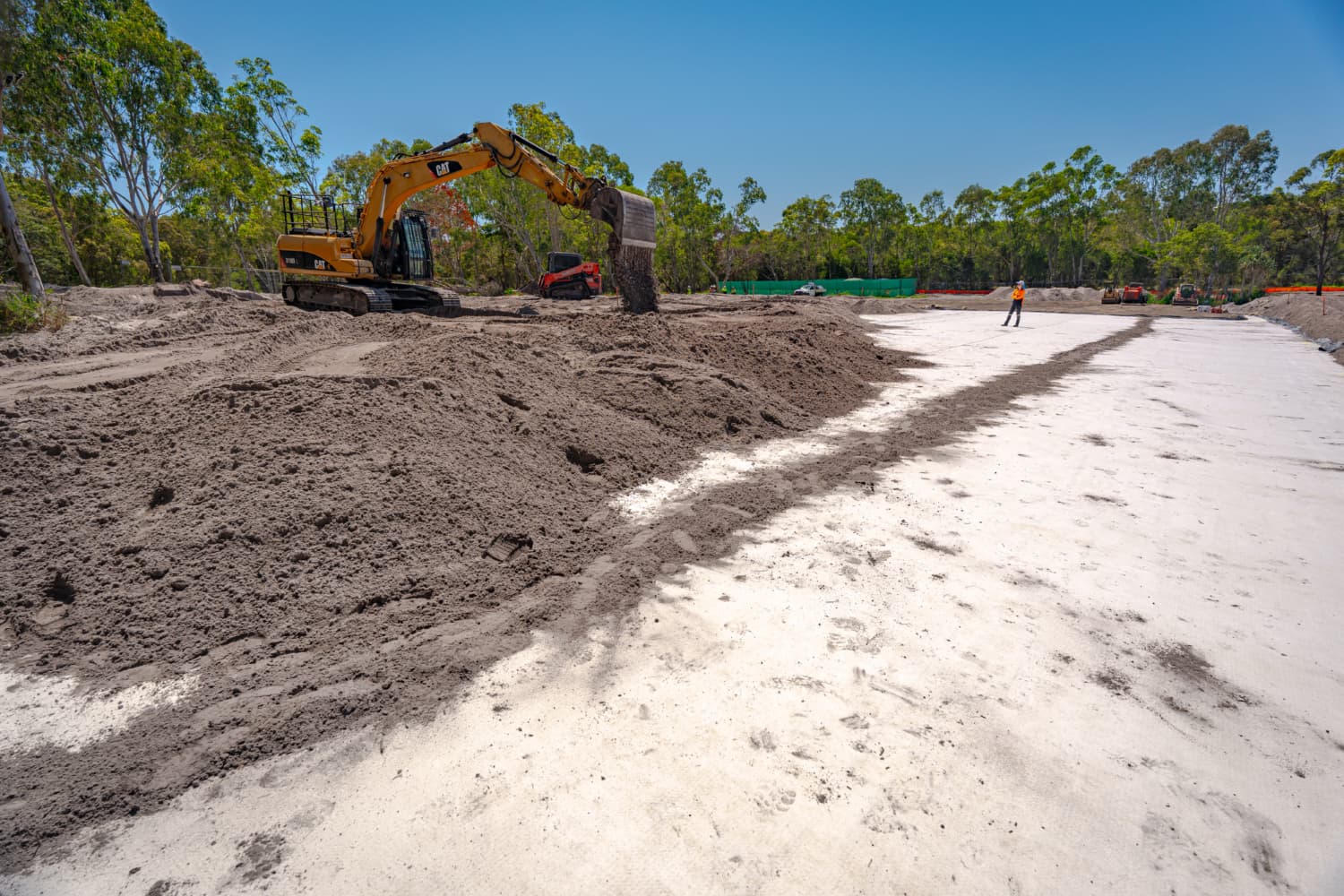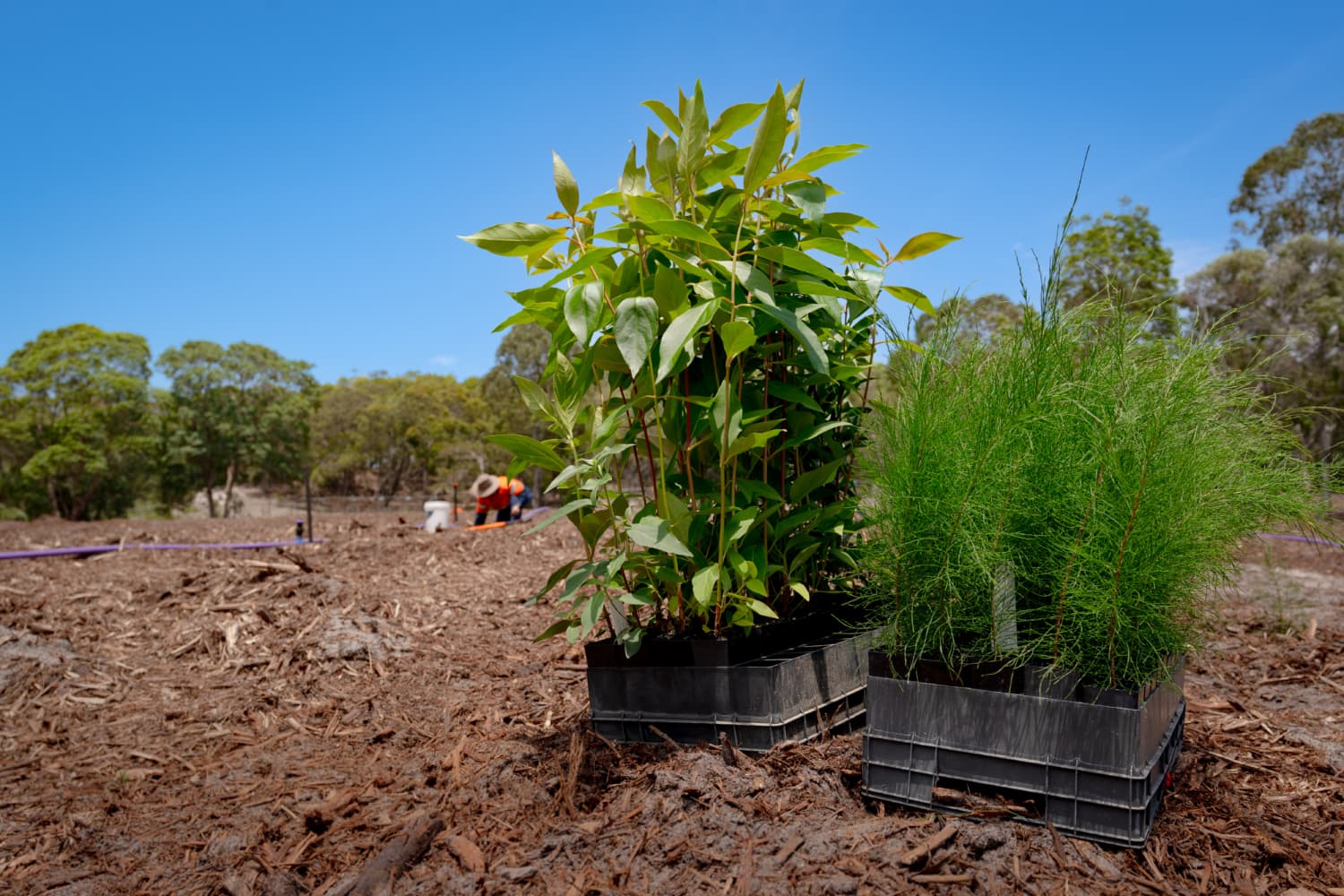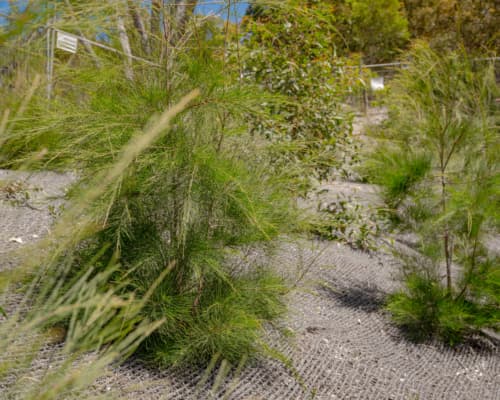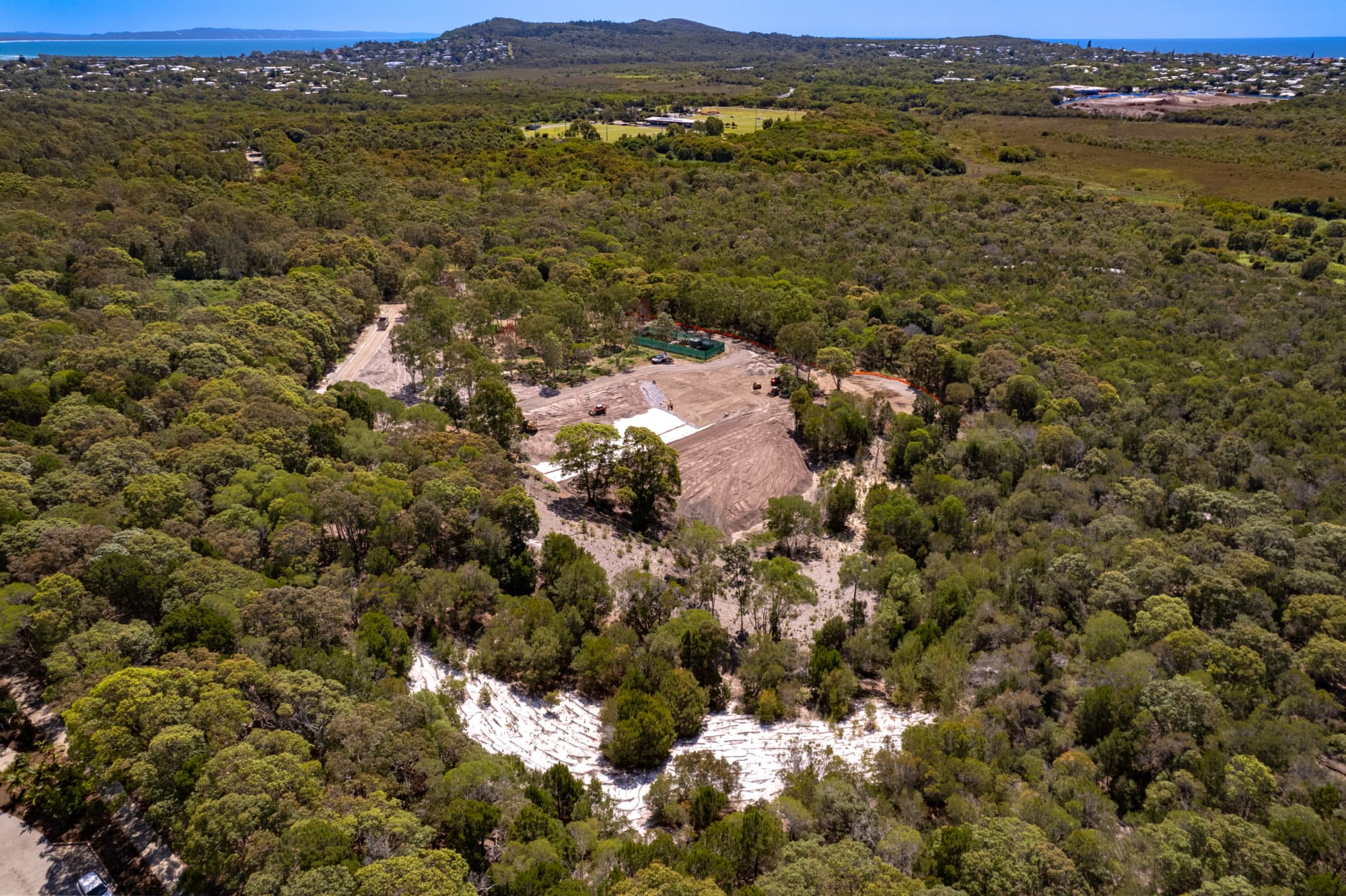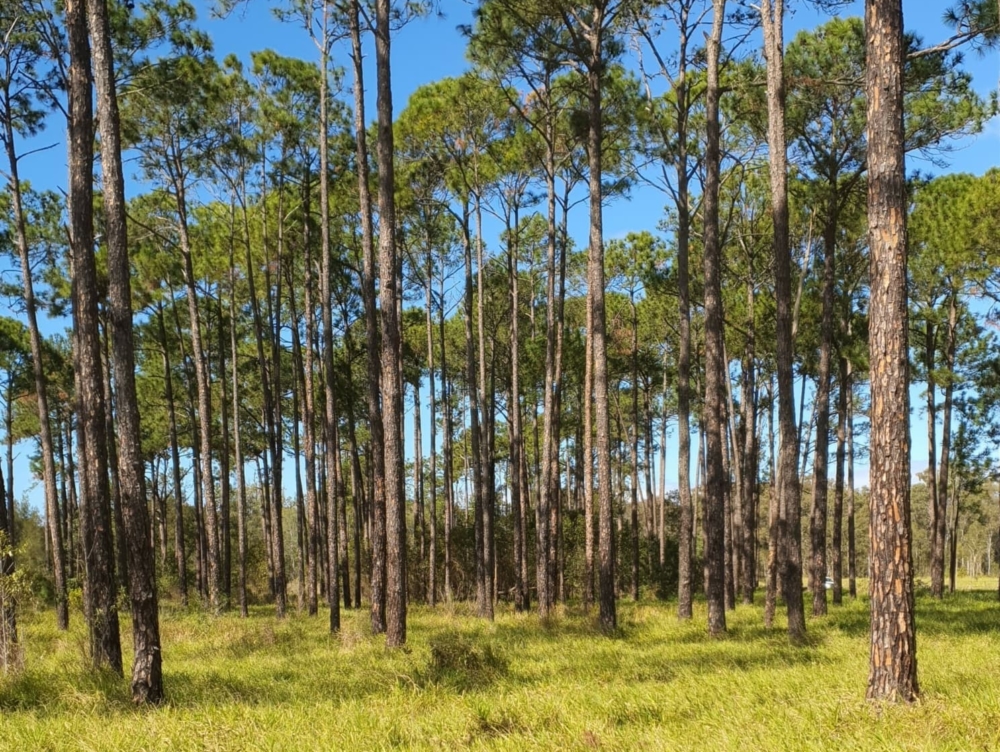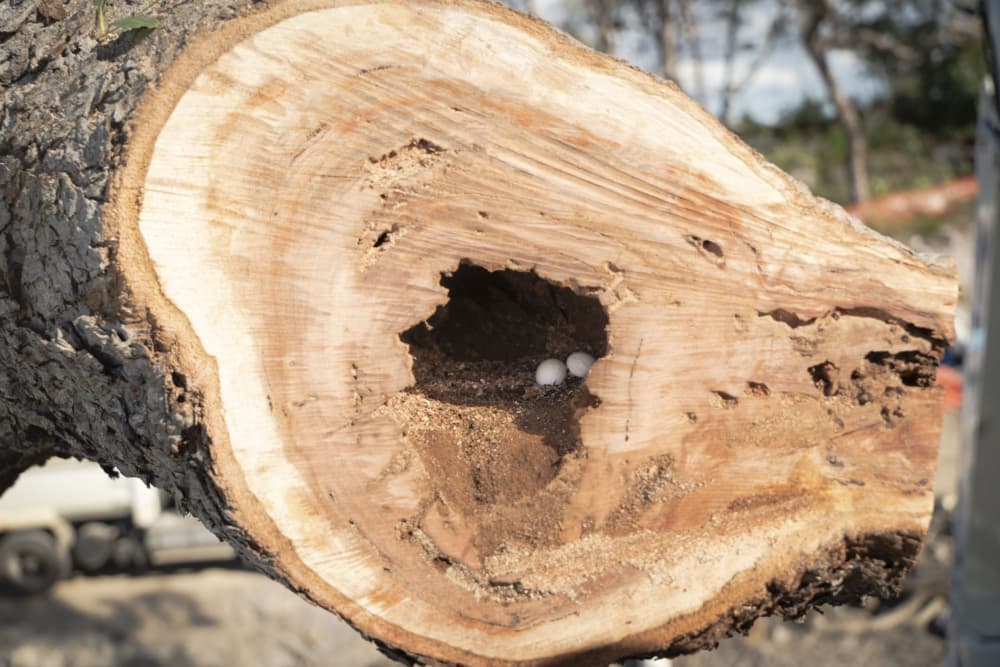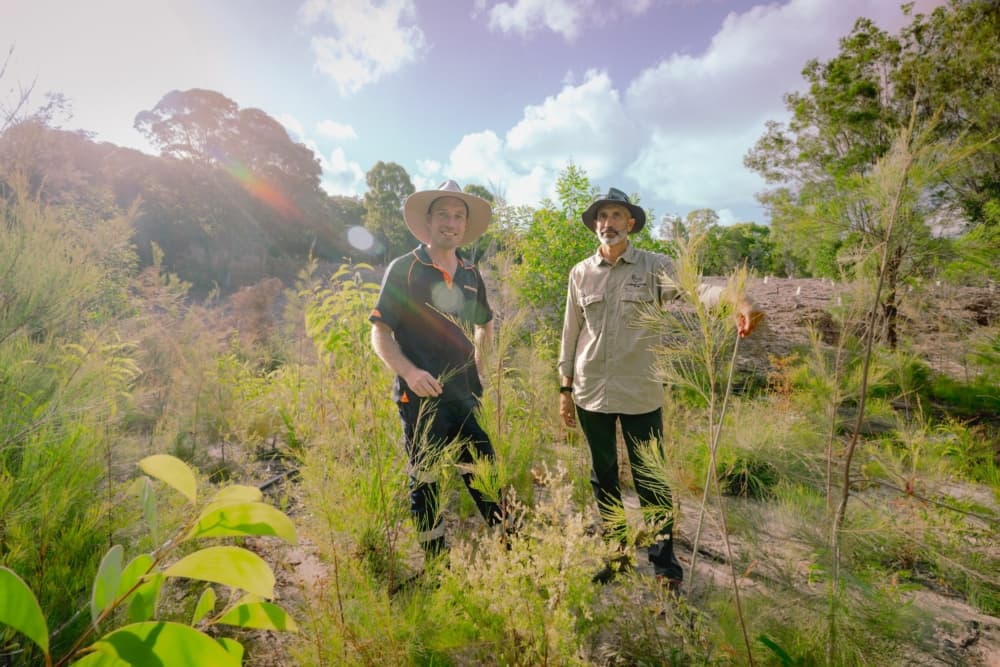This project was controversial and highly sensitive as habitat for the endangered Glossy Black-Cockatoo was being developed as part of a retirement village and aged care facility at two adjoining sites at Grasstree Court, Sunrise Beach, with a rehabilitation site for the development works at Wallum Lane, Noosa Heads. Biodiverse Environmental provided ecological services for Stage 1 of the project and was engaged as Principal Contractor for Stage 2 of the project which entailed being responsible for all project logistics of pre-construction civil works and site rehabilitation works to ensure a successful completion prior to the builders. This involved the planning, site establishment, construction of haul roads, tree clearing and mulching, fauna surveys and management, live-seed soil and mulch translocation, translocation works of over 700 grasstrees (Xanthorrhoea johnsonii), landfill capping, irrigation, and tree planting activities. Biodiverse Environmental achieved the completion of Stage 2 three months ahead of schedule and is currently working on the Stage 1 and Stage 2 subsequent 5-year maintenance programs of the translocation and live soil offset at Wallum Lane.
As part of the Ecological Management Plan, the 5ha site was surveyed for native flora and the relevant offset strategies implemented for the development and offset requirements. Weed control over both the development and the rehabilitation site were critical in the long-term success of the project, particularly the rehabilitation site as it was infested with Madeira vine and other listed and environmental weeds from lack of land management over the years. The Madeira vine and tubers were buried and covered as a part of the landfill GCL capping installation prior to translocating over 25,000 cubic metres of soil and mulch to rehabilitate the landfill to Glossy Black-Cockatoo and Koala habitat. Other environmental and listed weeds were treated as per the South East Queensland Ecological Restoration Framework, with treatment continuing for an additional 5 years of maintenance using sensitive weed control techniques.
Additional to the live-seed soil translocation, seed was collected from identified Glossy Black-Cockatoo active feed trees. This genetically sourced seed was germinated and planted on the rehabilitation site to increase the chances of providing preferred feeding trees for the Glossy Black-Cockatoo. Over the 5 years of maintenance programs, it is expected the habitat and regrowth of Casuarina species for the Glossy Black Cockatoo will be recreated.
As part of the offset requirements, a unique regeneration pilot program was established using coir logs as a habitat enhancement agent for seed dispersal placement and regeneration within the sandy offset site. During the first year of maintenance, the weed incursion was visibly reduced to over 90% reduction and is a good example to highlight how development and natural area management can be implemented together effectively. The live seed soil has shown dense regrowth of a high diversity of natives with 100% cover and 2m growth achieved in the first year in some locations. This project has been extremely successful with groundbreaking industry outcomes with live seed soil translocation.
